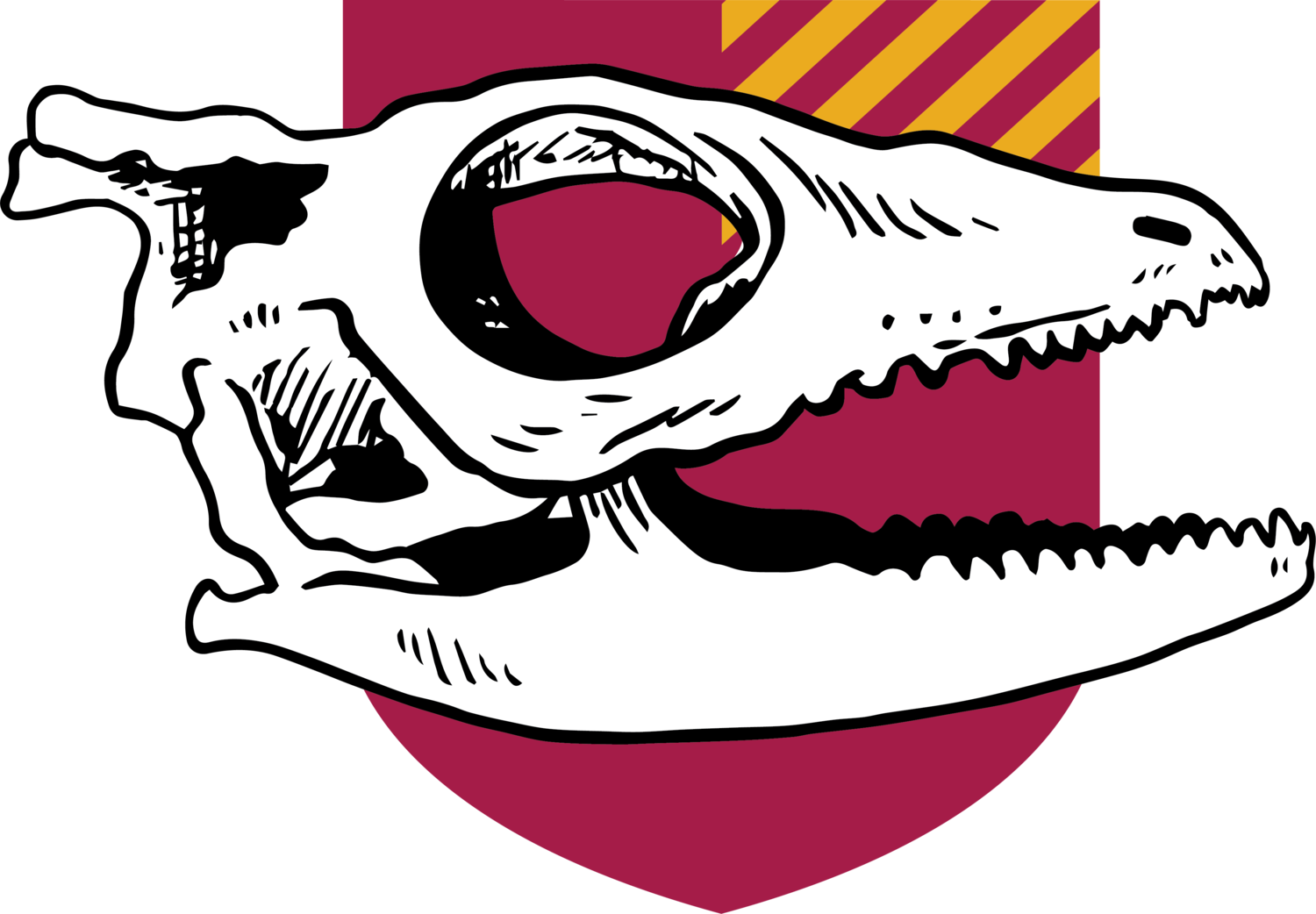Anolis lizards
The last 20 years have seen an explosion of interest in Anolis lizards. The Anolis community now spans the whole of Biology. One of the greatest strengths of the anole community is the collaboration among scientists working in historically siloed fields. This is advancing our knowledge of animal diversity in ways once thought inaccessible. Even if one is strictly interested in the mechanisms of development, it pays to understand what made anoles the power players they are today. A more detailed description of anole biology and its history can be found in Lizards in an Evolutionary Tree (Losos 2009).
Enthusiasm for Anolis lizards began in the mid-20th century as Ernest Williams and his students cataloged the diversity of anoles across the Caribbean. Their work set the stage for one of the most enticing aspects of anole biology, the repeated evolution of the anole habitat specialists, or ecomorphs, across the islands of the Greater Antilles: Cuba, Jamaica, Puerto Rico, and the Hispaniola. Each of these islands supports a groups of ectomorphs that are remarkably similar, some say nearly identical, in morphology, ecology, and behavior (right). Understanding this pattern has been the driving force for the lab of Jonathan Losos since the late 1980’s. Losos’s mentorship and support has been the springboard for the careers of many of us in the active anole community and the generation of the resources many of us now rely on. Exploring the similarities and differences of independent radiations of anoles on the different islands remains one of the foremost questions of the anole community.
Our community got an injection of energy in the early 2000’s as technological advancements opened the door for studying development, genomics, and genetics in non-model species. In was around this time that the genome for the green anole was completed. This was when we started breeding many species of anoles in large numbers in our labs. More recently, the lab of Doug Menke pushed anoles into a new age with the production of the first transgenic anole. When I began working on anoles in 2001, few would have guessed that we would have crossed this threshold in only 18 years.
To date, many of us that study anole development are using the brown anole, A. sagrei, in our labs, although it was the green anole the was first sequenced. This may seem like a strange decision at face value, but it is because the brown anoles are more robust and lay 5-10 time the number of eggs as the green anoles. For the moment this is an inconvenience, but will likely become yet another transient speed bump that the anole community overcomes.
The Anolis development community grows
To developmental biologists focused solely on the molecular details of an embryo, studying lizards may seem like nothing more than a fun hobby. However, many people are starting to realize the strength of moving beyond the traditional vertebrate model systems. Following from investments in technology and a general intellectual curiosity, more labs are using lizards, as both comparative and experimental systems for development. With increasing momentum over the last decade, To date, the development of limbs, heads, genitalia, and tails have all been investigated. I feel like the community is ready to pave exciting new avenues into the developmental mechanisms of lizard morphology in coming years.


